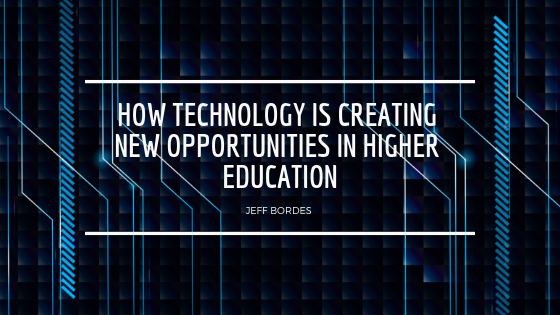There are few sectors that technology is not rapidly changing, and education is no exception. There is probably no place that emerging technology is having a greater impact in education than in higher education in particular. One of the biggest challenges of higher education has always been the expense. The expense of a college education is not simply the cost of the courses and materials themselves, but also the addition cost of 4-6 year’s worth of outgoing living expenses with little to no income. On average, students are leaving school with nearly $30,000 in debt hanging over their heads, much of which is not even the result of just tuition and fees.
In many cases, even students that have the majority of their tuition and fees paid for through scholarships and grants may still have just as much debt thanks to the high cost of living on and around many University campuses. In fact, in areas where housing is already incredibly tight, there is even a rising problem with student homelessness. Distance education is one solution to this, but the difficulty with distance education is that the quality of education is often lower because of the lack of interaction and hands on training. While you may be able to easily get an accounting degree online or even take literature classes online with no loss of quality to your education, classes like biology and chemistry generally require hands-on learning and experimentation. Until now.
With the rise in VR and AR technologies, it may soon be possible for college students in rural Arkansas to get a degree from a prestigious University halfway across the country, with little to no diminution in the quality of the education. Medical students are already able to use special AR tables that allow them to practice their skills and techniques on virtual cadavers. Students in
Beijing are even able to practice delicate acupuncture techniques that can be quite dangerous is not performed properly.
VR and AR technology can even help instructors be better teachers, by providing a virtual classroom for them to hone their skills in. Not only will this make them better teachers, but it will even allow universities to better assess their faculty in real world conditions to make better hiring decisions in the first place.
Technology is the future, and implementing it into learning has the ability to change the way understand education.


